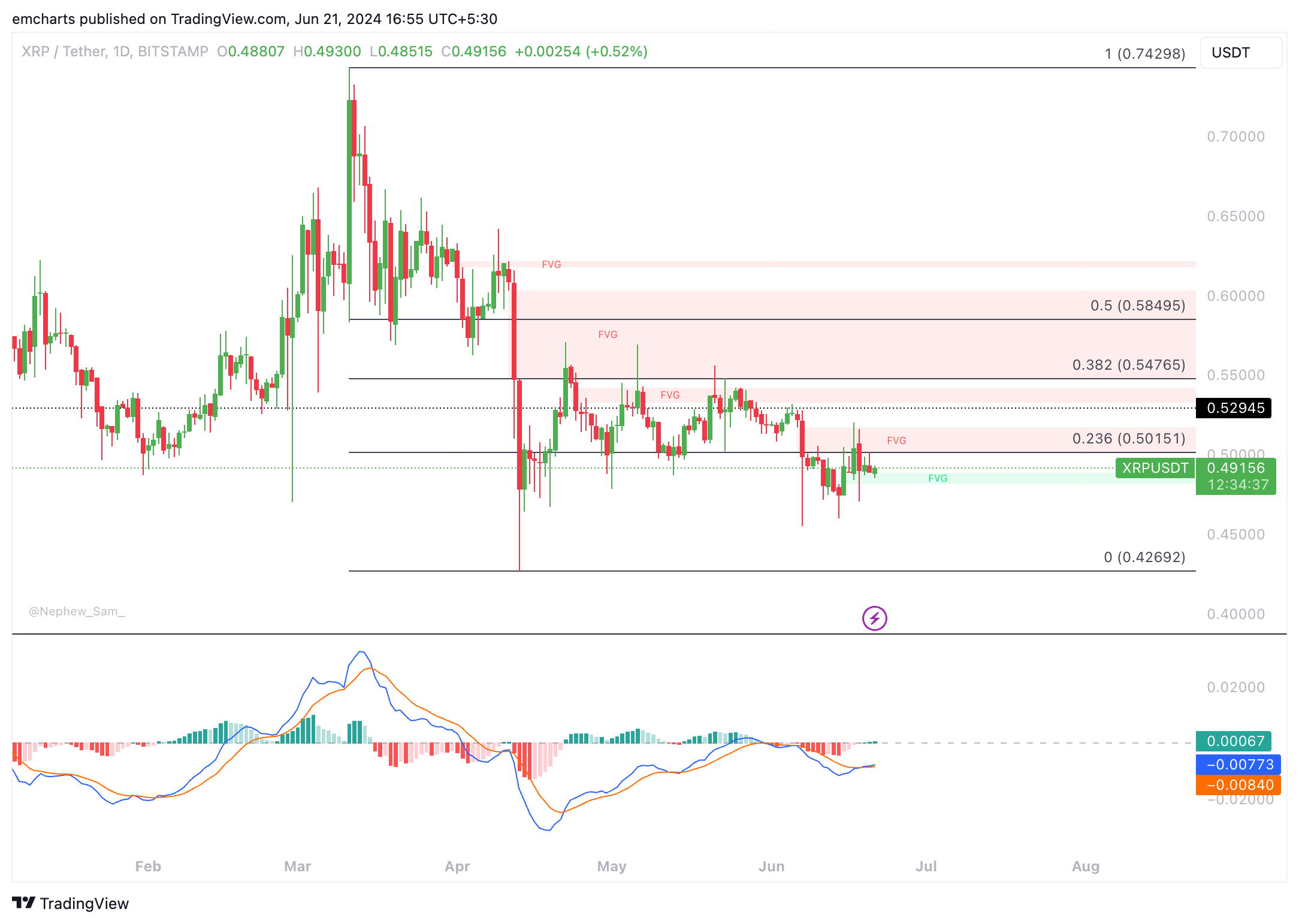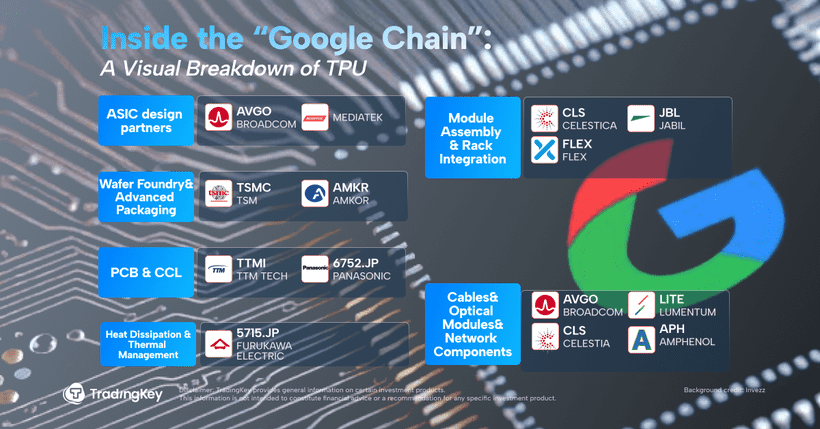XRP struggles to recover as Ripple CEO Brad Garlinghouse will face trial in civil lawsuit
- Ripple CEO Brad Garlinghouse faces trial in connection with statements made in a 2017 interview.
- Ripple proponents unpack the impact of the trial on the SEC vs. Ripple lawsuit development and past rulings.
- XRP is stuck under $0.50 after two consecutive days of failure to break past the resistance.
XRP remains range-bound under the $0.50 resistance on Friday after news that Ripple CEO Brad Garlinghouse will have to face a trial in California regarding some statements he made in 2017.
In an interview back then, Garlinghouse said he was being “long” on XRP while mass selling the altcoin, words that a judge will need to determine if they were “misleading,” as the civil securities lawsuit alleges.
Daily digest market movers: Ripple CEO faces trial in California court
- Judge Phyllis Hamilton dismissed four class action claims against Ripple. However, he allowed one state law claim against CEO Brad Garlinghouse to proceed to trial, per a Coindesk report.
- The Ripple executive faces charges brought against him referring to his “misleading statements” in a TV interview. Garlinghouse allegedly violated California’s securities laws by saying back then that he was “very, very long XRP” while selling millions of XRP tokens across exchange platforms throughout 2017.
- Court documents show that Ripple lawyers argue that XRP fails to meet the definition of a security under the Howey Test. Therefore it “cannot give rise to a claim for misleading statements in connection with a security,” they argue.
- Judge Hamilton said in a ruling on Thursday that Ripple’s lawyers urged her to follow the reasoning of Judge Analisa Torres, who ruled in July 2023 that XRP did not satisfy the Howey Test and thus it isn’t a security.
- The Judge turned down the ruling and differed from Torres’ legal opinion of XRP failing to satisfy the Howey Test. In her ruling, Judge Hamilton wrote,
“The court declines to find as a matter of law that a reasonable investor would have derived any expectation of profit from general cryptocurrency market trends, as opposed to Ripple’s efforts to facilitate XRP’s use in cross-border payments, among other things. Accordingly, the [court] cannot find as a matter of law that Ripple’s conduct would not have led a reasonable investor to have an expectation of profit due to the efforts of others.”
- XRP holders and proponents like attorney Bill Morgan are debating whether Judge Analisa Torres’ ruling holds, in case of XRP sale on exchanges and institutional sales by Ripple.
In substance, she is kind of making the point I made in a post 11 months ago https://t.co/369naQfuqj pic.twitter.com/O8nV6NEqOY
— bill morgan (@Belisarius2020) June 20, 2024
Technical analysis: XRP range bound under $0.50
Ripple is trading sideways below the resistance at $0.50 on Friday. After failed attempts to close above $0.50 on two consecutive days, the altcoin is trading at $0.4915.
Ripple could dip to the Fair Value Gap extending between $0.4813 and $0.4886 before attempting another run up to resistance at $0.5015. This resistance level aligns with the 23.6% Fibonacci retracement of the decline from the March 11 top of $0.7429 to the April 13 low of $0.4269.
The Moving Average Convergence Divergence (MACD) indicator shows green histogram bars above the neutral line. MACD crossed over the signal line on Tuesday, providing a bullish sign that however has still yet to materialize.

XRP/USDT 1-day chart
A close below the Fair Value Gap’s lower boundary at $0.4813 could invalidate the bullish, prompting further losses for XRP. In this case, Ripple could find support at the June 7 low of $0.4551, a level that has been respected for over two months.
Bitcoin, altcoins, stablecoins FAQs
Bitcoin is the largest cryptocurrency by market capitalization, a virtual currency designed to serve as money. This form of payment cannot be controlled by any one person, group, or entity, which eliminates the need for third-party participation during financial transactions.
Altcoins are any cryptocurrency apart from Bitcoin, but some also regard Ethereum as a non-altcoin because it is from these two cryptocurrencies that forking happens. If this is true, then Litecoin is the first altcoin, forked from the Bitcoin protocol and, therefore, an “improved” version of it.
Stablecoins are cryptocurrencies designed to have a stable price, with their value backed by a reserve of the asset it represents. To achieve this, the value of any one stablecoin is pegged to a commodity or financial instrument, such as the US Dollar (USD), with its supply regulated by an algorithm or demand. The main goal of stablecoins is to provide an on/off-ramp for investors willing to trade and invest in cryptocurrencies. Stablecoins also allow investors to store value since cryptocurrencies, in general, are subject to volatility.
Bitcoin dominance is the ratio of Bitcoin's market capitalization to the total market capitalization of all cryptocurrencies combined. It provides a clear picture of Bitcoin’s interest among investors. A high BTC dominance typically happens before and during a bull run, in which investors resort to investing in relatively stable and high market capitalization cryptocurrency like Bitcoin. A drop in BTC dominance usually means that investors are moving their capital and/or profits to altcoins in a quest for higher returns, which usually triggers an explosion of altcoin rallies.







